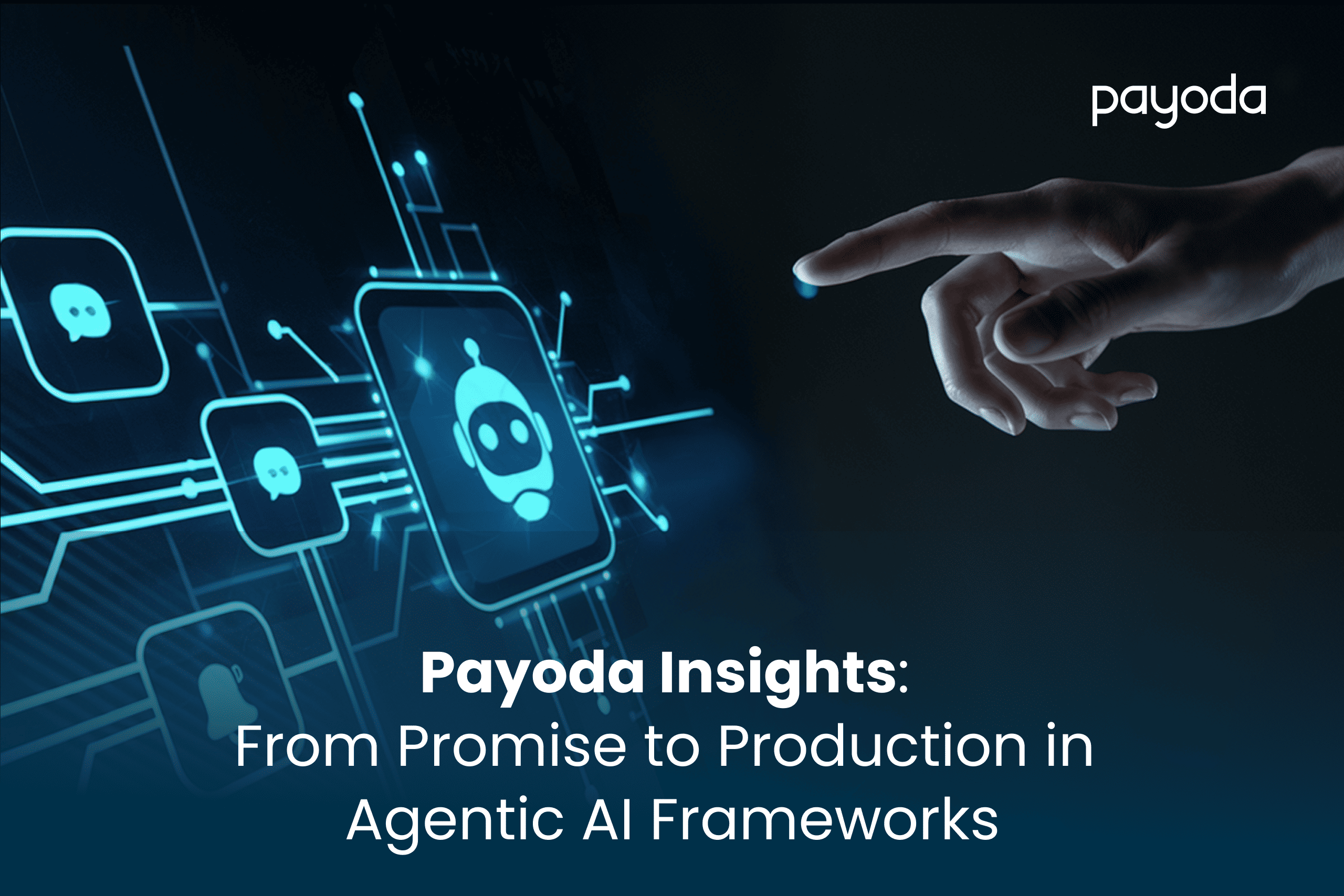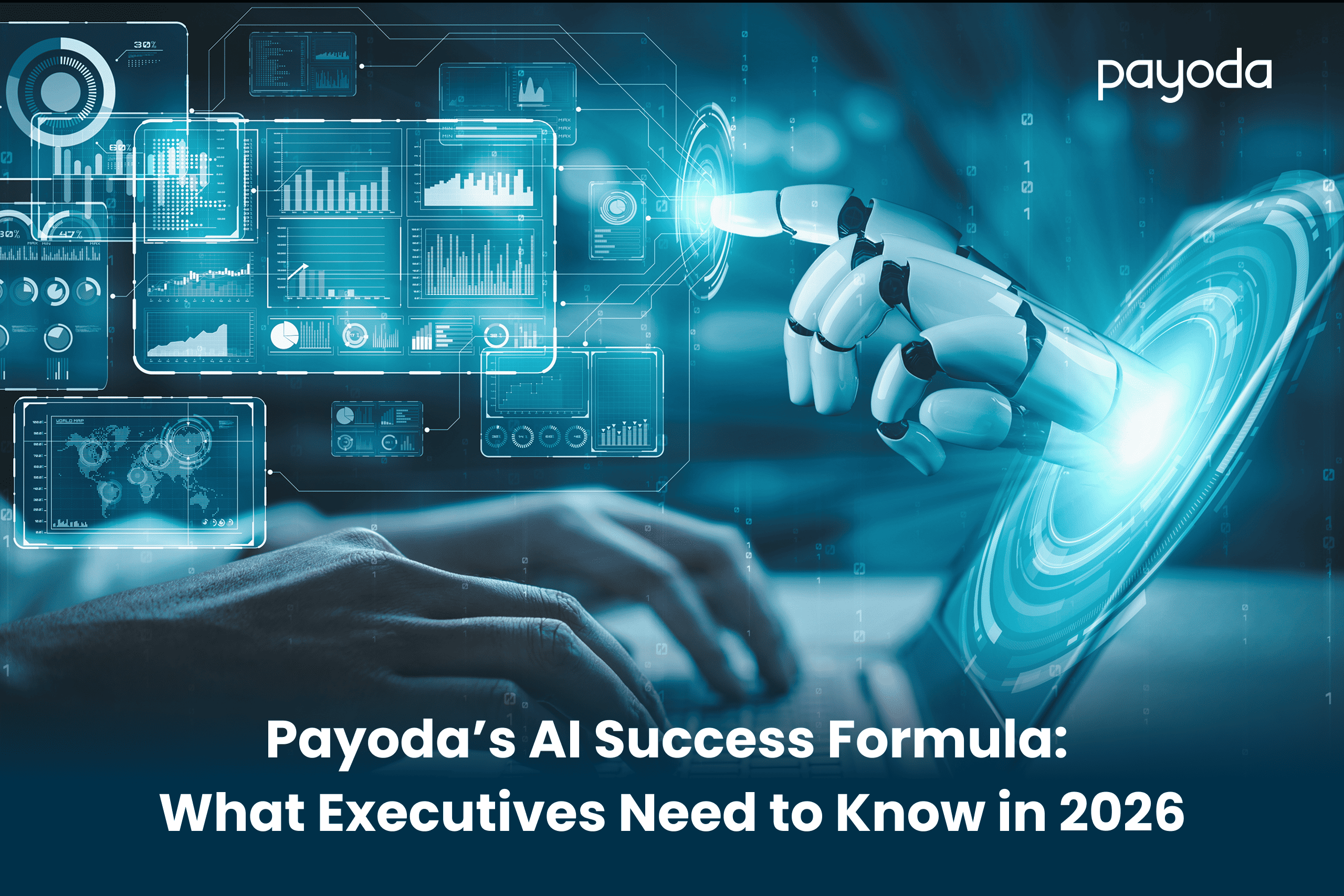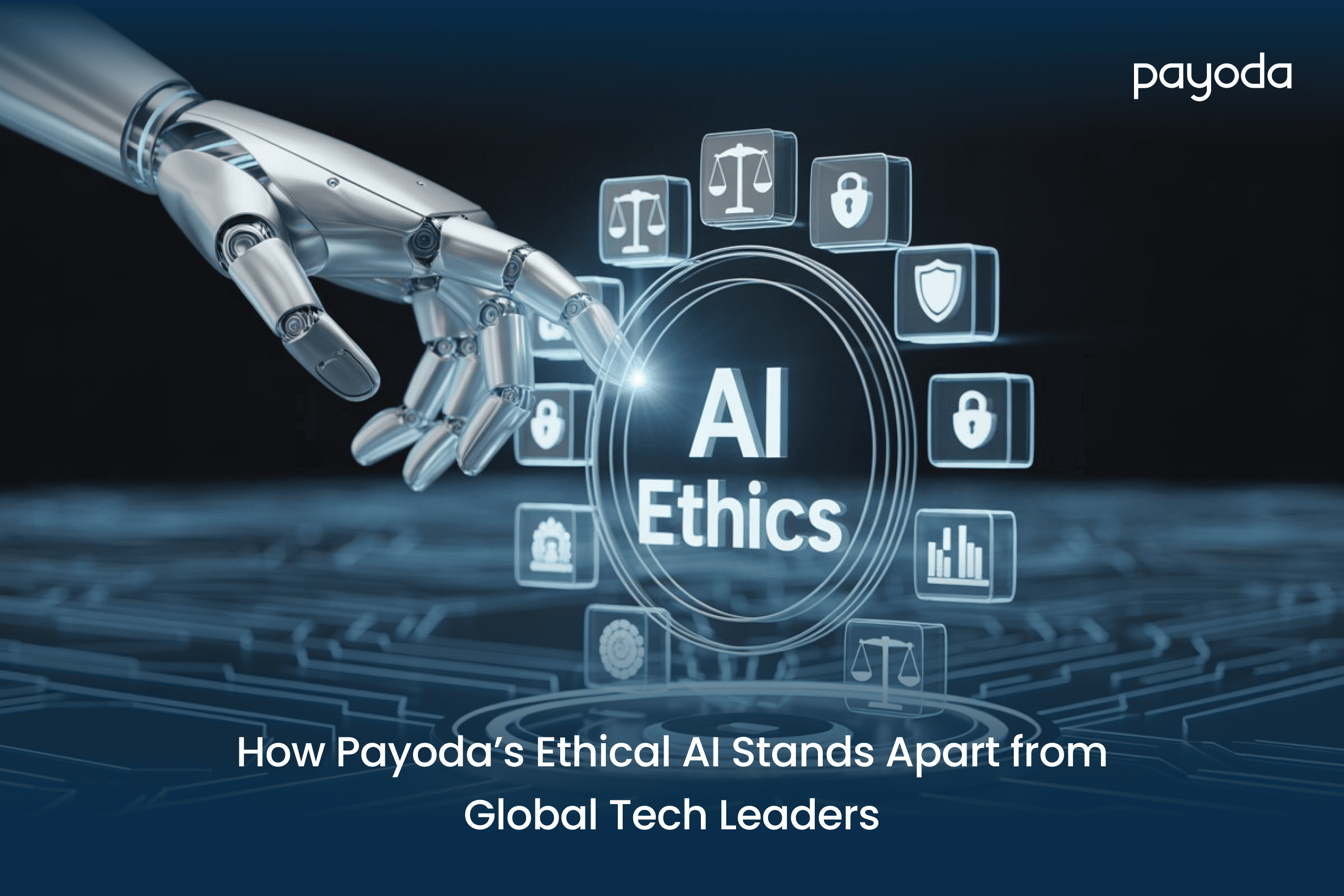
Introduction:
When it comes to automation, autonomy, and intelligence, the introduction of Agentic AI has changed the game for enterprises. Unlike traditional AI that just follows the commands, Agentic AI has a high IQ that can interact and decide all by itself. The goal is a scalable, self-improving system capable of taking on the intricacies all by itself. However, the area between promise to production is full of the most complex technical and ethical dilemmas in contemporary AI engineering.
From AI architecture challenges to governance issues and model alignment pitfalls, the journey to building Agentic AI isn’t as straightforward as adding autonomy. This leads the developers down the path of constructing systems that are not only smart but also trustworthy, comprehensible, and aligned with human intention.
At Payoda, we confront the real obstacles of building Agentic AI systems and facilitate enterprises in finding the right balance between control and independence, scalability and stability. This blog is a deep exploration of the real challenges in building Agentic AI frameworks, how to devise adaptive architectures, and what the guidelines are for production-ready and ethically aligned autonomous AI systems.
The Promise and the Paradox of Agentic AI
Agentic AI is not just another automation; it is a new class of technology that reasons, learns, and behaves like humans. They take on multi-step goals, make decisions under uncertainty, and change their tactics according to fresh data. However, with every new power granted to AI, the control, supervision, and governance become more and more intricate.
For example, consider autonomous financial agents. They can take care of the portfolio strategies, but if their AI framework architecture has one design flaw, it can result in unpredictable outcomes and huge risks. The same goes for healthcare AI where decision-making agents need an exact synchronization of intent and execution in order to avoid the issues of ethics and diagnosis.
Payoda’s viewpoint is centered on creating AI orchestration frameworks that manage the balance of autonomy with accountability, reaffirming that systems are both smart and interpretable.
Real Challenges in Building Agentic AI Frameworks
- AI Architecture Challenges
Implementing Agentic AI architecture requires the orchestration of many cognitive layers, such as perception, reasoning, and action.
Best practice: A modular architecture should be adopted where agents can communicate with each other using well-defined protocols in order to avoid bottlenecks.
- AI Scalability and Reliability
As agents multiply, it becomes harder to scale them across distributed systems with the same level of reliability. A faulty autonomous module can trigger failure all over the system.
Solution: Use redundancy models and self-healing mechanisms to detect and quickly recover from component-level failures.
- AI Governance and Control Issues
The transition from task automation to autonomous decision-making opens up new AI governance issues. Monitoring these issues requires never-ending watchful eyes on the system intent, compliance, and ethics.
For instance: An autonomous customer service agent could prioritize resolution speed as a factor of its optimization, but this might happen at the expense of empathy or fairness.
Payoda’s AI governance models integrate constant monitoring and regulatory support to ensure decisions align with enterprise ethics and compliance standards.
- AI Development Pitfalls
Common AI development pitfalls are as follows: lack of diversity in data, model drift, and lack of feedback loops. In Agentic AI, the problems associated with these pitfalls are compounded because the agents learn and act on the evolving environments.
Best practice: Embrace a closed-loop development cycle with integrated AI model alignment testing at every stage.
- AI Framework Design Flaws
The primary design flaw in early Agentic AI frameworks was the centralization of control in a single module governing all agents. This leads to a decrease in the system’s flexibility.
Solution: Distributed coordination done through AI orchestration frameworks guarantees the system’s fault tolerance and flexibility in large-scale operations.
Overcoming Common Issues in Agentic AI Frameworks
In order to successfully transfer Agentic AI from the laboratory to the enterprise, the involved teams will have to change their engineering practices and adopt new ones that put the emphasis on reliability, transparency, and adaptability at the forefront.
Building Reliable Agentic AI Systems
The reliability in autonomous AI systems can only be achieved through consistent performance even in the hardest and most unpredictable situations.
- Monitoring pipelines: Real-time dashboards to monitor agent behavior and spot drift.
- Adaptive feedback: Instead of static data, agents will be trained by reinforcement signals.
- Fail-safe logic: If the level of uncertainty becomes higher than what is predetermined, then human intervention is activated.
Model Alignment and Ethics
AI model alignment is one of the most difficult challenges faced by Agentic AI. The agents have to achieve goals that are not only aligned with human expectations but also with system metrics.
Payoda’s AI ethics frameworks assist enterprises in integrating transparency and accountability in every cycle of decision-making.
Scalability Through Orchestration
AI orchestration frameworks are the backbone of large-scale Agentic AI deployments. They allow multiple agents to collaborate, share context, and distribute workloads effectively. Containerized orchestration with dynamic load balancing ensures elasticity while maintaining reliability across environments.
AI Architecture Best Practices for Building Agentic AI
When building Agentic AI architectures, technical teams should follow key engineering principles that reduce risk and improve system integrity.
- Modular Intelligence: Disassemble agents into micro-capabilities that can grow independently.
- Transparent Interfaces: Implement APIs that keep track of every agent’s decisions for auditability.
- Ethical Guardrails: Encode governance policies into the agent’s decision tree.
- Feedback Loops: Live telemetry for adaptive behavior modification.
- Resilience Testing: Worst-case scenarios are continuously simulated to test the limits of the system.
At Payoda, our AI architecture experts merge the domains of knowledge and automation design to create agentic frameworks that grow responsibly and act within ethical boundaries.
Future Outlook: From Autonomous to Accountable AI
The future of Agentic AI rests in our hands to balance control with autonomy. Enterprises moving fast without governance can lead to black-box systems. However, too much regulation can also cause systems to lose adaptability.
Future trends such as self-explaining agents, meta-orchestration frameworks, and human-in-the-loop governance will determine how AI goes from autonomous to accountable. Enterprises that invest in this evolution today will drive tomorrow’s intelligent ecosystems.
Payoda continues to lead innovation in Agentic AI frameworks, providing end-to-end consulting and engineering capabilities that turn conceptual AI autonomy into production-ready, scalable systems.
Conclusion
Constructing trustworthy Agentic AI frameworks is no longer about coding intelligence; it’s a matter of engineering trust, scalability, and alignment. The journey from promise to production is nuanced, with trade-offs between autonomy and control, innovation and ethics.
With strong AI orchestration frameworks, transparent design practices, and prioritization of reliability, organizations are able to overcome the real challenges in building agentic AI frameworks and explore next-generation automation.
Payoda’s experience with AI architecture, ethical design, and autonomous system development positions us to help organizations implement agentic systems that are scalable and accountable.
FAQ's
- What are the biggest challenges in implementing Agentic AI frameworks?
Key challenges include architecture complexity, model alignment, ethical governance, and ensuring reliability across distributed autonomous systems.
- How can companies build reliable Agentic AI systems?
By adopting modular architectures, continuous feedback loops, ethical oversight, and scalable orchestration frameworks to maintain system performance and accountability.
Talk to our solutions expert today.
Our digital world changes every day, every minute, and every second - stay updated.









